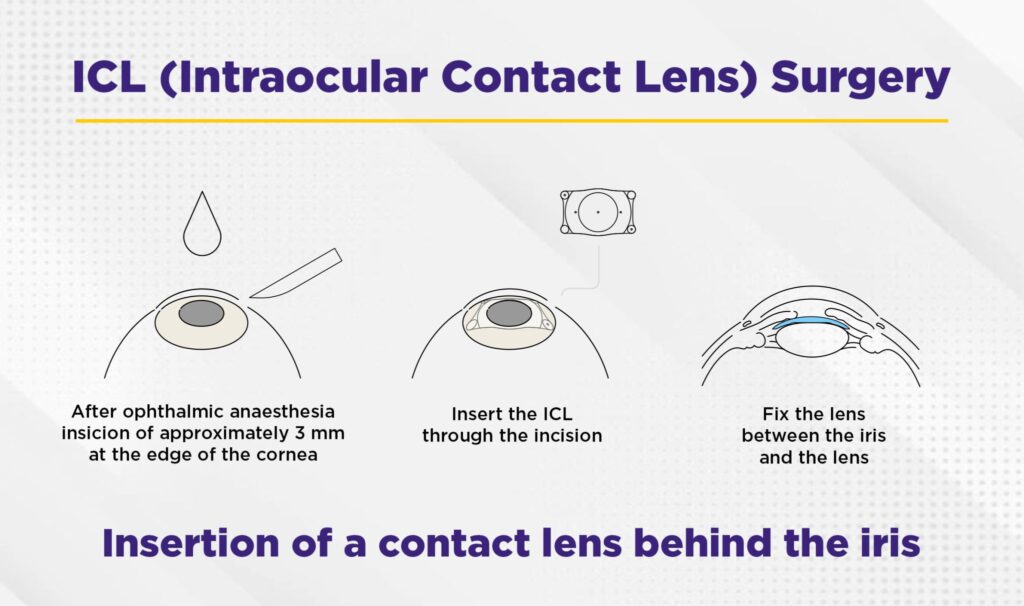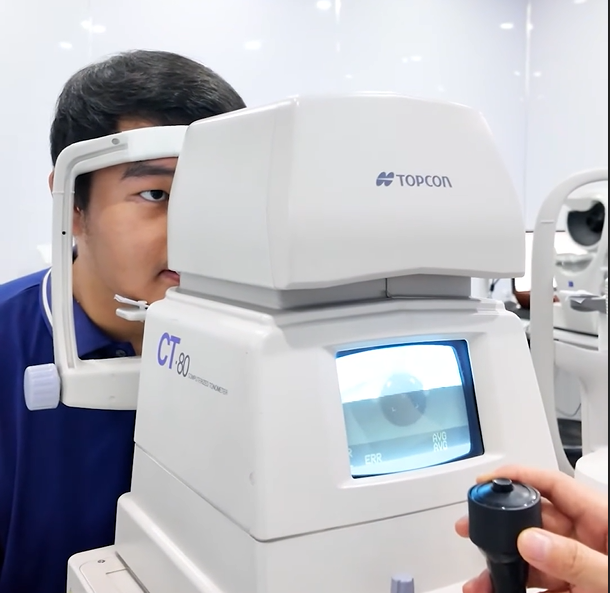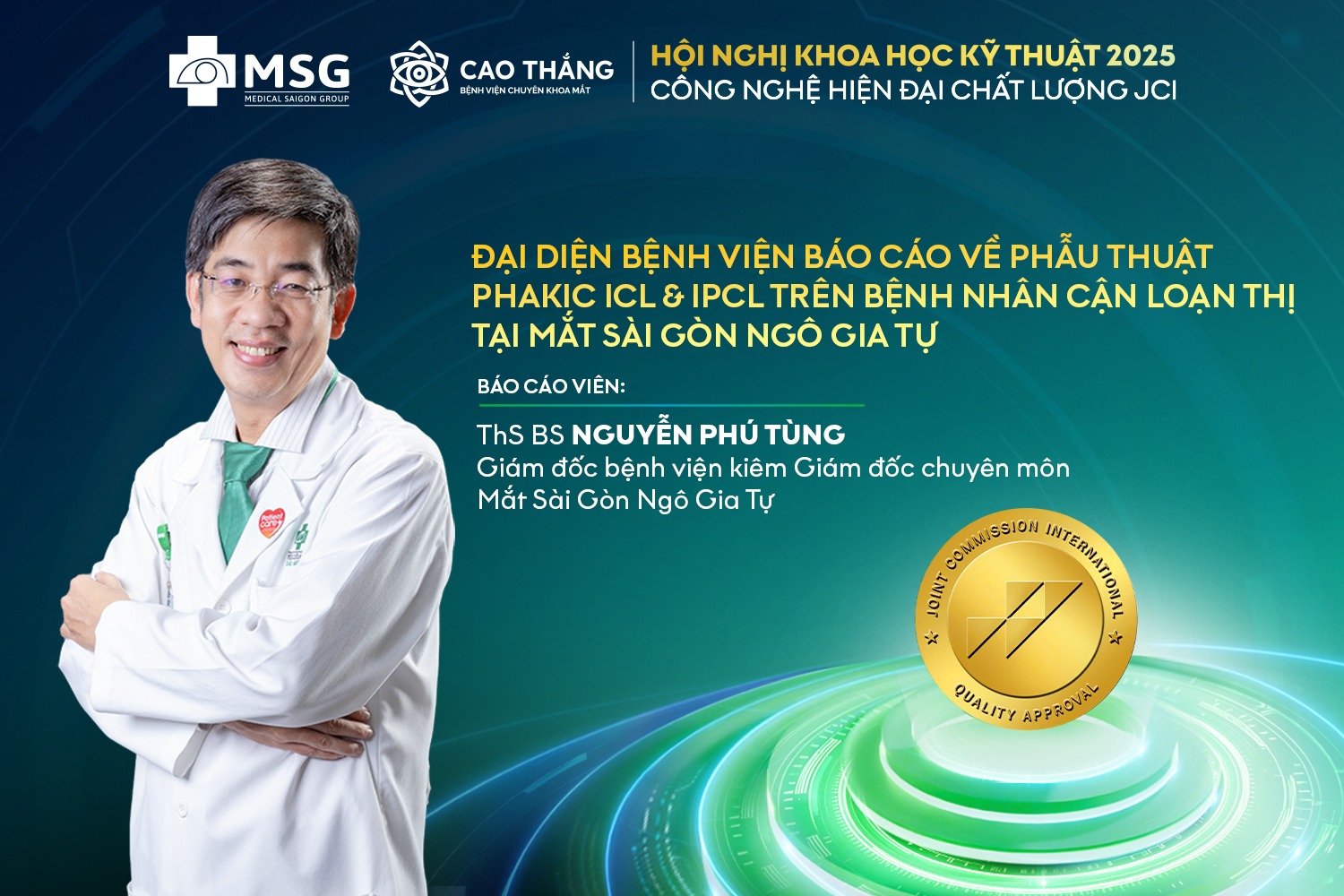Phakic ICL in Japan
Known not only for its advanced ophthalmic technology, Japan is also where Phakic ICL (Implantable Collamer Lens) is regarded as the “gold standard” in the correction of myopia and astigmatism. For more than 30 years, Phakic ICL developed by STAAR Surgical (USA–Switzerland) has been implanted in over 3 million eyes worldwide, with a remarkable 99.4% patient satisfaction rate—reflecting the global trust and reliability of this procedure in modern ophthalmology.
Why do Japanese patients trust Phakic ICL?
The Japanese are known for their meticulous nature and emphasis on safety in medicine. When it comes to refractive correction, they choose Phakic ICL for several reasons:
▪️ Maximum preservation of the cornea
Unlike LASIK or SMILE—which require cutting or reshaping the corneal tissue—Phakic ICL leaves the cornea completely intact, maintaining the natural biological structure of the eye.
This is especially crucial for individuals with thin corneas, who account for approximately 15–20% of Japan’s nearsighted population and are often not eligible for laser-based surgeries.
▪️ Exceptional visual quality, especially at night
According to a study by Parkhurst (2016), patients who underwent ICL surgery achieved more stable and clearer vision, with significantly reduced higher-order aberrations—the main cause of glare and halos during night driving.
Because Japanese patients often navigate low-light environments such as subways, tunnels, and urban streets at night, maintaining superior night vision is one of the key reasons they prefer Phakic ICL.
▪️ No dry eye – a common issue after LASIK
In Japan, dry eye syndrome occurs in up to 30–60% of patients within the first six months after laser surgery. In contrast, Phakic ICL—by not cutting the cornea—does not disrupt the corneal nerves responsible for tear production, helping patients retain their natural eye moisture.
Collamer® material (a combination of polymer and natural collagen) allows the eye to “breathe,” ensuring perfect biocompatibility and comfort.
▪️ Safe and reversible if needed
The ICL lens is designed for long-term correction but can be removed or replaced if necessary—for example, in the case of prescription changes or future technological advancements.
This reversibility provides reassurance to Japanese patients, who are often cautious about irreversible procedures. In contrast, corneal laser surgeries permanently alter the cornea and cannot restore its original form.
▪️ Long-lasting, stable results
Clinical data from the U.S., Japan, and Europe over 5–7 years show that more than 90% of patients achieved 20/20 vision, with virtually zero severe complications.
Since its approval by Japan’s Ministry of Health in 2003, Phakic ICL has become available in nearly all major eye hospitals across the country.
Phakic ICL – Ideal for both mild myopia and thin corneas

Phakic ICL is the optimal choice for thin corneas
Previously, many assumed ICL was suitable only for patients with high myopia above -8.00D or thin corneas. However, according to Dr. Tamaoki Shoichi—a Japanese ophthalmologist with over 10,000 successful surgeries—“Phakic ICL is also an excellent option for patients with moderate myopia who desire sharper vision and improved quality of life.”
Specifically:
- Correction range: myopia from -3.0D to -20.0D, astigmatism from 1.0D to 4.0D
- Age range: 21–45 years old
- Procedure duration: 20–30 minutes, visual recovery within 24–48 hours
- Success rate: 99.3% of patients achieved ≥20/40 vision after one week
- Satisfaction rate: 97–99% of patients said they “would choose this procedure again”
Collamer® – The secret to “crystal-clear vision”
What makes Japanese specialists particularly confident in ICL is the exclusive Collamer® material—developed solely by STAAR Surgical. This premium material contains natural collagen, is highly biocompatible, offers UV protection, and resists protein deposits.
As a result:
- No rejection or allergic reaction
- No chronic inflammation
- Maintains clarity within the anterior chamber
- Feels completely natural—“as if nothing is inside the eye”
This is why many Japanese doctors refer to Collamer as “the perfect biological lens.”
Strict medical standards in Japan

ICL lens position inside the eye
ICL surgery in Japan adheres to rigorous safety and precision protocols:
- Patients undergo detailed measurements of anterior chamber depth, endothelial cell count, and refractive stability.
- Each lens is custom-designed for the patient’s eye using STAAR Surgical’s ISO 13485:2016–certified software.
- All procedures are performed in sterile environments by certified intraocular surgeons.
Thanks to these strict standards, postoperative complications in Japan are extremely low—only 0.2% of patients developed mild cataracts within six months (Clinical Ophthalmology, 2022).
Phakic ICL in Vietnam – Japanese standards for Vietnamese eyes
Today, Vietnamese patients can also experience the same advanced vision correction technology trusted by the Japanese. At Hong Ngoc Eye Center, Phakic ICL surgery is performed under global STAAR Surgical standards—from preoperative examination to sterile operating techniques. Patients with high myopia, astigmatism, thin corneas, or dry-eye concerns can now regain optimal, natural, and safe vision—just like in Japan.
Japanese patients choose Phakic ICL not merely for its technology, but for its philosophy of “respecting natural integrity”—preserving the eye’s original anatomy for long-term vision and quality of life.
Phakic ICL is not only a solution for severe myopia but also a symbol of safety, precision, and refinement in modern ophthalmology—values that Vietnam is steadily embracing and mastering.

 vi
vi 09-Oct-2025
09-Oct-2025
.svg) Hotline
Hotline Appointment
Appointment https://hongngochospital.vn/
https://hongngochospital.vn/ 8 Châu Văn Liêm, Mễ Trì, Nam Từ Liêm, Hanoi
8 Châu Văn Liêm, Mễ Trì, Nam Từ Liêm, Hanoi Opening Hours
Opening Hours







 0916.741.763
0916.741.763